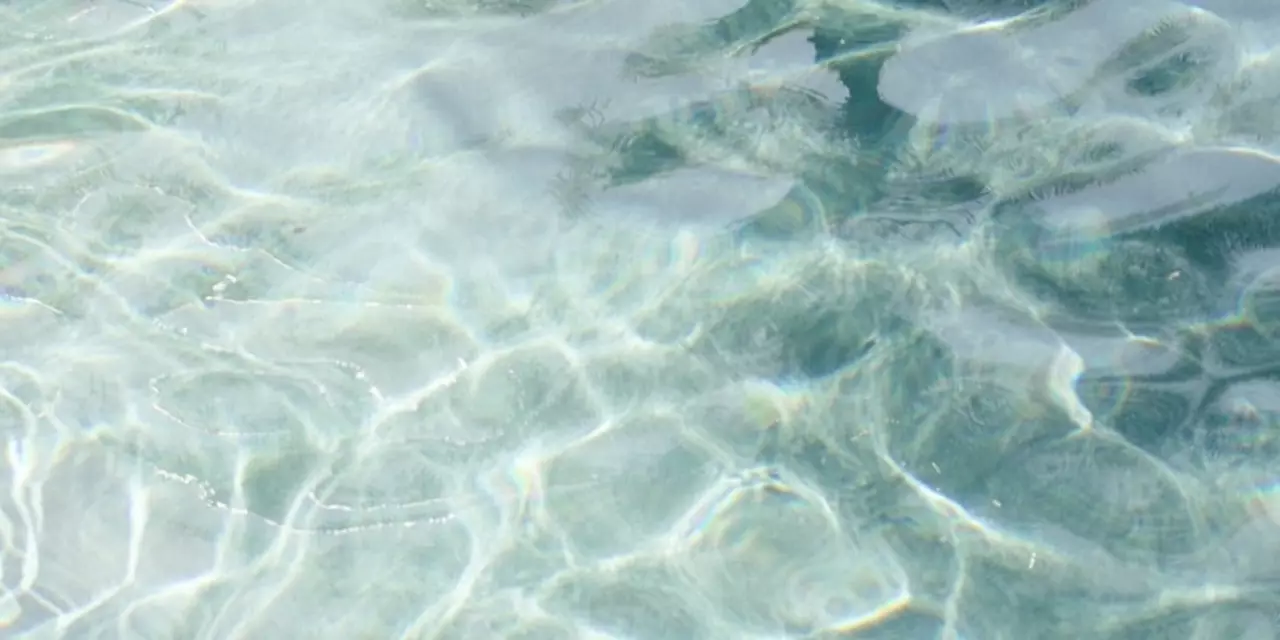Antifreeze Basics: Protect Your Engine from Overheating
Did you know an engine can overheat in just 30 minutes if the coolant level drops? Antifreeze, or coolant, is the liquid that carries heat away from the engine and stops it from freezing in winter. Without the right mix, you risk costly repairs, loss of power, or even a busted engine.
Choosing the Right Antifreeze for Your Vehicle
Most modern cars use either ethylene‑glycol or propylene‑glycol based coolant. Ethylene‑glycol is cheap and effective but toxic, while propylene‑glycol is safer for the environment and your family. Check your owner’s manual for the recommended type – many Indian models specify a “test‑rated” coolant that meets OEM standards.
When you buy, look for the right color code. Manufacturers use pink, orange, or green dyes to indicate specific formulations. Mixing different colors can dilute protective additives, so stick to one brand if possible.
How and When to Replace Antifreeze
Most experts suggest a coolant flush every 2‑3 years or 30,000‑40,000 km, whichever comes first. Older cars may need more frequent changes because additives break down over time. To test, pull the radiator cap (when the engine is cold), and look at the fluid level and color. If it looks rusty, thin, or has debris, it’s time for a flush.
Flushing is easy: drain the old fluid, rinse with distilled water, then refill with the correct 50/50 mix of antifreeze and water. In hot climates you can go a 70/30 mix for extra cooling, but never exceed the manufacturer’s maximum concentration – too much antifreeze reduces heat transfer.
Don’t forget the coolant reservoir. Some drivers only top off the radiator and ignore the overflow tank, which can lead to low levels when the engine heats up.
Here are a few quick tips to keep the system happy:
- Check the coolant level every month, especially before long trips.
- Inspect hoses for cracks or swelling; replace them if they look worn.
- Listen for a ticking sound from the radiator – it could be air trapped in the system.
If you notice temperature gauge spikes, steam, or a sweet smell, stop the car immediately and let it cool. Adding water as a stop‑gap is okay, but get a proper coolant refill soon.
Remember, antifreeze does more than stop freezing. It also contains corrosion inhibitors that protect the radiator, water pump, and engine block. Skipping a flush means those inhibitors wear out, and metal parts start rusting – a silent killer for your car’s longevity.
In short, treat antifreeze like you would oil or tyres: regular checks, proper mixing, and timely replacement keep your ride smooth and safe.

What type of water are you supposed to put in a car radiator?
Daxton Faircastle Mar, 1 2023 0When it comes to maintaining a car, one of the most important considerations is the type of water you use in the radiator. The type of water you use will depend on the engine and the climate where you live. Generally, plain tap water is suitable for most engines, but if you live in an area with hard water, distilled water may be the better choice. It is also important to check your car’s owner’s manual for specific recommendations on water type. Additionally, antifreeze should be added to the water to reduce the freezing point and protect against corrosion. Finally, if you plan on racing your car, it is best to use a high-quality engine coolant or racing-specific water.
More Detail